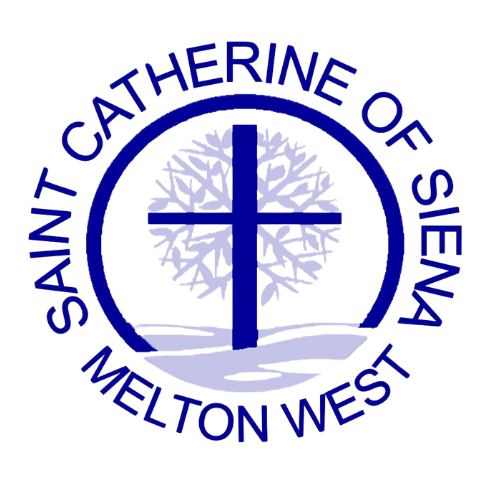At St Catherine of Siena, the student is at the heart of all learning. We take great pride in our approach to improving student outcomes in a respectful and nurturing environment, guided by our school vision.
We place a strong emphasis on differentiation to meet the individual needs of every student. Using evidence-based pedagogy and incorporating a number of science of learning principles, we ensure that all students are learning within their zone of proximal development. This approach enables us to provide tailored support and opportunities for growth across academic, social and emotional areas.
We are committed to developing students’ agency in learning, empowering them with the skills and dispositions to make positive and proactive decisions about their education. We also recognise the importance of teamwork and provide opportunities for students to collaborate with others in their learning journey. Understanding the contemporary world our students live in, we ensure that they are engaged and prepared to be active and critical citizens in a rapidly evolving technological world.
St Catherine of Siena aligns with the MACS – Vision For Instruction and the Flourishing Learners Position Statement. We embrace a curriculum based on the Victorian Curriculum F–10, which outlines the essential knowledge and skills every student should learn during their first eleven years of schooling. The curriculum provides a foundation for lifelong learning, social development and active, informed citizenship, incorporating both the Australian Curriculum and Victorian priorities and standards.
